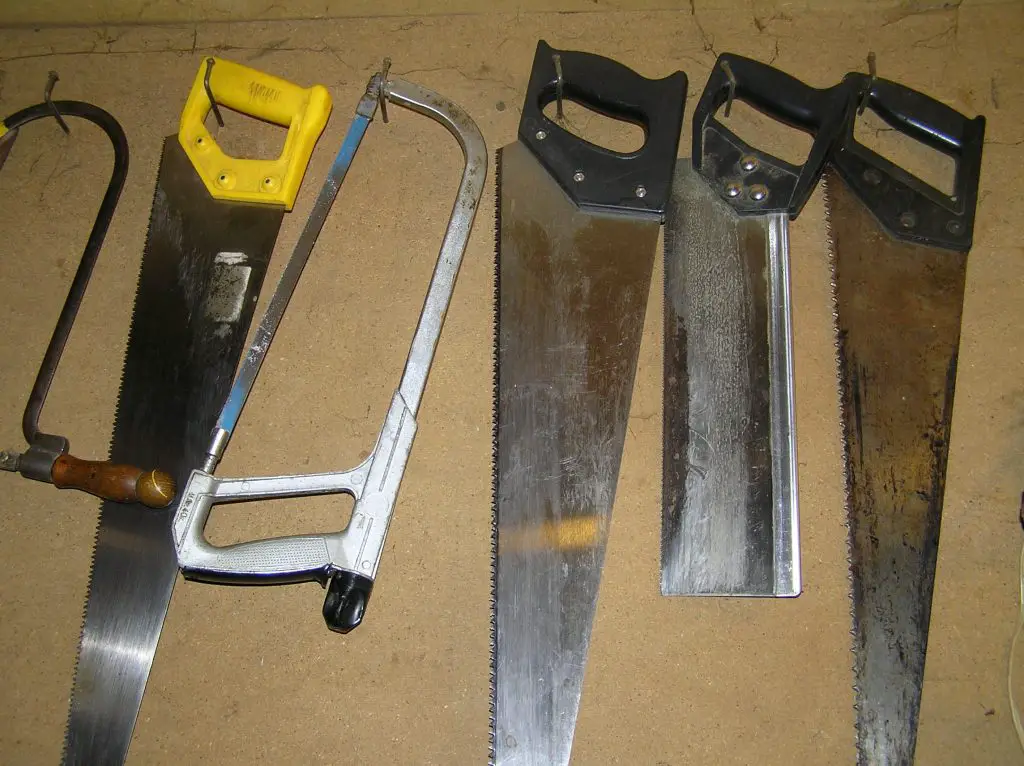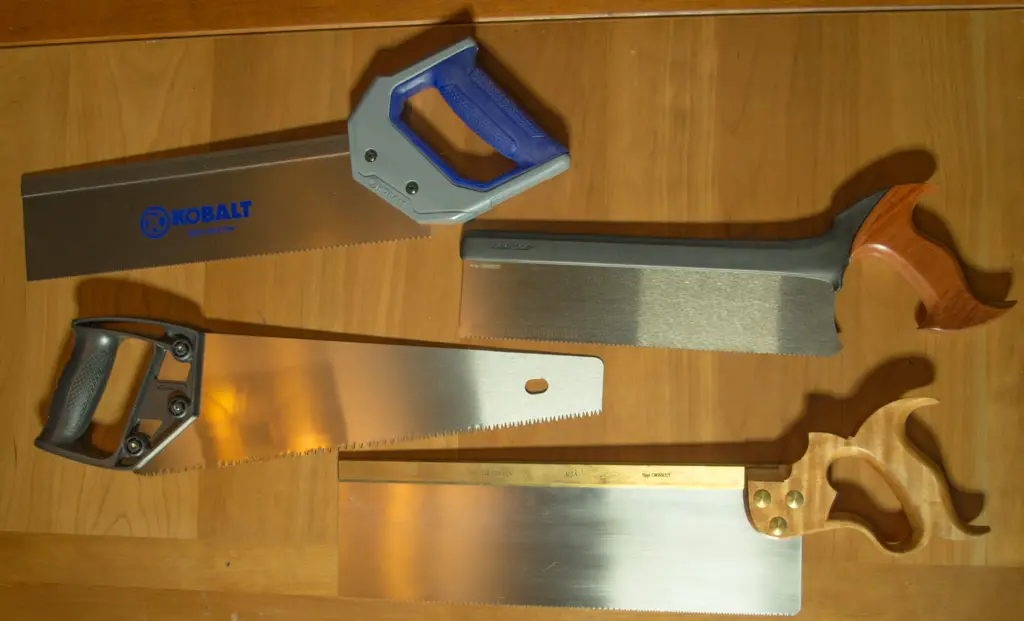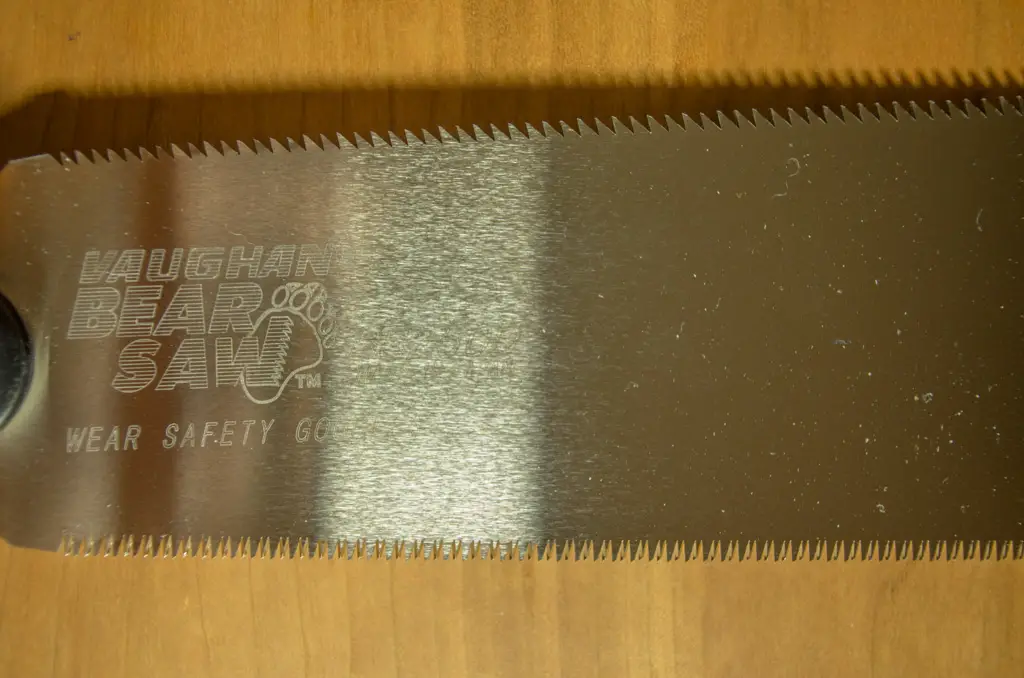In the realm of metalworking, the hand saw remains an indispensable tool for enthusiasts and hobbyists alike.
Offering degree of precision and control that mechanized alternatives often can’t match these versatile tools are well-suited for carving metal into desired forms.
Whether you’re working on an intricate piece of art, a home project, or just honing your craft, understanding the different types of metal cutting hand saws and their optimal uses, can greatly enhance your overall experience and results.
From delving into the plethora of hand saw varieties to tackling the diverse material considerations, maintenance and care techniques, down to essential safety measures—every aspect molds your journey into metalwork.
Introduction to Metal Cutting Hand Saws
Welcome, Avid Artisans, to another exciting delve into the world of metalworking! A serious craftsman knows the value of their tools, and nothing quite grabs the attention like an old faithful, the hand saw.
It’s reliable, it’s versatile, and it can cut metal with precision that’s hard to match. This article is a loving dedication to the humble hand saw and its underrated prowess when it comes to metal cutting.
First and foremost, it’s important to appreciate the sheer variety and versatility of hand saws. From the hack saw to the rip saw, keyhole to the pruning saw, each offers their unique advantages to suit the task at hand.
Hack saws, with their fine-toothed blades and C-shaped frame, excel in cutting through different types of metal.
They’re absolutely essential in the toolkit of a well-rounded artisan, proving that hand saws can hold their own in a world of power tools.
Every metalworking enthusiast knows that a big part of the craft is not just achieving fit-for-purpose results, but doing so with finesse.
Hand saws not only allow for cutting, but also enable intricate detailing and crafting with an unparalleled personal touch.
A perfect blend of control and power endows this tool with the capability of offering precision unlike any other.
The unmatched control that a hand saw provides can be vital when working on projects that demand careful attention to detail.
For artisans who are passionate about their craftsmanship, there is simply no substitution. Hand saws can negotiate curves, corners, and even complex patterns, all while ensuring clean cuts that require minimal finishing.
Another endearing factor about hand saws is their accessibility and affordability. In comparison to powered saws, they’re much more cost-effective and portable.
Not only can they be employed immediately without a power source, but also their maintenance demands are minimal, making them an essential tool in every economically conscious metalworker’s collection.
Safety too, is where hand saws shine brightly, specifically for those beginners navigating the winding road of metalworking.
Reduced risk of kickback and greater control keeps the process much safer than using larger, bulkier power tools.
Resilience must not be overlooked either. Hand saws are incredibly sturdy and capable of withstanding heavy usage over extended periods.
With the right care and attention, these faithful friends can serve a lifetime, making them truly timeless tools in a rapidly progressing world of metalworking.
Sure, power tools might seem more appealing for their speed and might, but the hand saw has stood the test of time, remaining an irreplaceable mainstay in the toolbox.
Champions of control, precision, and versatility, they carve out their unique niche with absolute finesse.
So, budding metalworkers and seasoned smiths alike, next time you’re gearing up for a project, pause a while and consider the humble hand saw. It could turn out to be the very tool you didn’t know you needed!

Types of Hand Saws for Cutting Metal
Diving deeper into this fascinating world of metal cutting hand saws, it’s exhilarating to expand on the various types specifically designed to work on metal.
Let’s take a closer look at some of the most common and effective models that have made metalworking a more engaging and rewarding hobby.
First off, let’s talk about the junior hacksaw. Also known as a mini hacksaw, it’s essentially a scaled-down version of the common hacksaw we’ve come to appreciate.
With its slim, narrow blade, the junior hacksaw stands superior for getting into tight corners and making precise, intricate cuts.
Its smaller structure often makes it a preferred choice for crafts and smaller projects involving thin sheets of metal or tiny metal tubes.
Another deserving mention is the reciprocal saw. While not traditionally designed to be a hand saw, this power tool has hand-operated versions that specifically provide the back-and-forth movement ideal for cutting metal pipes and sheets. Its heftier, more rugged build deems it perfect for tackling heavier duty tasks.
Next up is the ever-durable carbide hacksaw. A step-up from your traditional hacksaw, this robust tool features a tungsten carbide blade, known for its unparalleled hardness.
This ultimately means a prolonged life span and the ability to cut through harder metals with lesser effort, making the carbide hacksaw a worthwhile investment for serious hobbyists.
Don’t overlook the coping saw either. Typically meant for woodwork, the coping saw, when fitted with the appropriate blade, can be used for detailing on metal.
It’s ideal when one requires to make intricate curves and patterns on metal, maintaining the delicate balance between craftsmanship and precision.
In the line-up is the versatile multipurpose saw. As the name suggests, this type of saw is designed to work on a variety of materials, including metal.
Hobbyists who tend to work with multiple materials might find this tool highly beneficial due to its versatility and convenience.
To conclude, do note that the key to a successful cutting operation isn’t necessarily the saw itself but rather, the combination of correct technique, adequate security measures, and a suitable blade type for the metal in question.
With the right elements in place, metalworking continues to be a captivating and rewarding hobby that interweaves heritage and craftsmanship with immeasurable satisfaction.
So go forth, and let the rhythmic strokes of the hand saw continue to shape your metalworking journey.

Material Considerations when Cutting Metal
The Magic of Metal: How Material Determines Your Hand Saw Selection
In the world of metalworking, glistening steel, precious copper, and tenacious aluminum are among the stars. Hand saws, the trusty partners to these metals, intricately navigate their complex textures and densities.
It’s the delightful distinction of the metal’s nature that influences a metalworker’s decision for the ideal hand saw.
In a fantastic spin of science on hobbies, the material properties of different metals deeply impact the hand saw selection. So, how does the nature of metal determine the hand saw type? Let’s cut into it!
Junior hacksaws, the nimble yet robust darlings of the hand saw family, perform exceedingly well when confronted with softer metals like copper or brass.
Their fine-toothed blades, usually boasting 32TPI (teeth per inch), make quick work of these metals while maintaining exceptionally clean lines and precision.
Feisty reciprocating saws step into the spotlight when you’re dealing with thicker and harder metals.
The robust blades on these saws can conquer material like steel and iron with relative ease, all while retaining the close control prized by metal craftsmen.
In the unlikely event of encountering ultra-hardened steel or exotic, otherworldly alloys, carbide hacksaws scorch their path to victory. With a blade reinforced by particles of tungsten carbide, these hacksaws glide through even the hardest of metals.
For those brave souls who dream of embarking onto the path of curves and contours, a coping saw is just what the forge master ordered.
Equipped with thin, flexible blades, coping saws allow for an in-depth journey into the artistic side of metalworking, ideal for softer metals that allow the blade to shape and manipulate its cut with precision.
And let’s not forget the multipurpose saw – the Hercules of the hand saw realm. Equipped with interchangeable blades, these saws graciously welcome all types of metal in their domain.
Whether it’s a sleek strip of copper or a stubborn piece of steel, a multipurpose saw has got your back.
As metalworkers, the importance of technique and safety can never be overstated. Always take into account the thickness and hardness of the metal you’re maneuvering.
The rule of thumb? The thicker the metal, the smaller the teeth and more they should be per inch in your saw blade.
Selecting the most appropriate blade for the given metal is a nuanced art, and learning it can be as rewarding as the first spurt of gleaming, fresh-cut metal. But choose wrong and it can lead to inefficient cuts or, worse, damaged equipment.
But don’t let that deter you. With patience and persistence, the payoff is sublime satisfaction, stunning artistry, and a hobby that molds raw metal into refined reality.
A right selection of hand saw, based on the type of metal you’re cutting, can elevate your craft to the next level.
After all, metalworking isn’t just a hobby; it’s a passion nuanced by knowledge, skill, and the joy of creation. Happy crafting!

Maintenance and Care for Metal Cutting Hand Saws
Taking good care of your metal cutting hand saw is paramount in ensuring it remains in optimal working condition and offers you the service you need for an extended period.
A well-maintained hand saw not only provides efficiency but also helps lower the risk of accidents during operation. Here are some helpful tips on how to maintain and care for your tool.
Ensure Regular Cleaning
Like other tools used in metalworking, metal cutting hand saws also get dirty during use. Accumulated dirt, sawdust, and metal filings can dampen the saw’s performance over time.
Cleaning the blade after each use with a clean cloth and some mineral spirits can get rid of any unwelcome debris.
For optimum cleanliness, a wire brush can also be employed to clean the teeth of the saw, ensuring your tool is always ready for the next task.
Prevent and Remove Rust
Metal hand saws are susceptible to rusting. Rust not only mars the aesthetic value of the saw but can also tarnish the blade, making it blunt and ineffective.
After cleaning the saw, take time to dry it thoroughly before storage. A dry environment minimizes the chances of rust forming.
Consider applying a light coat of machine oil, which will form a protective barrier against moisture and prevent rusting.
For saws already hosting rust, using fine abrasive paper can help get rid of the rust without damaging the blade.
Keep It Sharp
A dull saw is not only ineffective but can also pose a significant safety risk. A blunt saw requires more energy to cut through metal, leading to more fatigue and potential accidents.
Regularly sharpen your saw with a file that matches the teeth of the saw, following the angle of the arrangement. However, carefulness is required not to over-sharpen as it may lead to a brittle blade.
Proper Storage
The way you store your hand saw significantly contributes to its longevity. Ensure you keep it in a dry place to reduce exposure to moisture that may cause rusting.
Hang the saw, if possible, to prevent the blade from getting damaged due to contact with other tools. A cloth or leather sheath over the blade can also prevent accidental nicks and scrapes.
Regular Check-ups
Inspect your saw regularly, noting any loose handles or any wobbly teeth. Tighten any loose screws or replace them if worn out. Ensure that the blade’s alignment is perfect and fix any teeth that appear bent or misaligned.
Take note of these tips, and your hand saw will keep serving you efficiently for many years to come. Long live metalworking with heart and hand!

Safety Measures when Cutting Metal
As hobbyists and aficionados of hand saws for metal cutting, it’s of the essence that we underline and revisit the importance of safety measures during the process.
This subject tells a tale of caution and foresight—values every adept wielder of the hand saw should internalize.
When sawing through different metals, stabilizing the metal piece is the first and foremost step for a safe cutting experience.
A vise or a C-clamp can make up for dependable aids in holding the piece in place, and it significantly reduces risk by offering stability while sawing.
Remember, stability isn’t just important for the metal, it’s equally important for the hand saw user!
An anti-slip surface is imperative to prevent any unintentional movements. Anti-slip mats or surfaces can provide that safety net during intensive cutting sessions.
Next in the line of defense is personal protective equipment (PPE). Metal shards and splinters present obvious risks, and the right PPE takes the worry out of the equation.
Safety glasses protect the eyes, while a pair of sturdy gloves can safeguard against any potential hand injuries. Remember, working safely is working smartly.
The act of sawing itself carries some safety considerations that might often be overlooked. One such consideration is maintaining a steady, slow pace while sawing, which reduces the chances of the saw slipping or jumping out of the cut. Patience, they say, is a virtue deeply appreciated in the world of metalworking!
The last stroke in the dance of the saw is the withdrawal. Here, too, caution should be exercised.
It’s all too tempting to pull the saw back quickly after a finishing cut, but abrupt movements can lead to accidents.
Gently retracting the saw, along with deburring any sharp edges on the metal, ensures the successful and safe conclusion of the cutting task.
Caring for the saw itself is an overlooked aspect of safety. Regular cleaning of cutting tools, preventing and treating rust, keeping them sharp and well-maintained, and adequately storing them after each use can help prolong their lifespan and maintain a safe and efficient work environment. Safety isn’t just a responsibility to oneself, but also to the tools that enable the hobby.
Thus, it wouldn’t be wrong to mention that safety measures are as much a part of metalworking as the cutting and crafting itself.
It’s a value that must be carried, much like the trusty hand saw, from project to project, always accompanying, always safeguarding.
So, next time that piece of metal awaits your expert touch, remember to respect not just the craft, but the caution it calls for, too. After all, thoughtful safety is a hallmark of artistry in metalworking!

Your path to becoming adept in metalwork constantly evolves, and the crux of this journey is centered on understanding and choosing the right hand saw for your metal cutting needs.
Whether it’s understanding the strengths and limitations of hacksaws, saws with bi-metal blades and high-tension hacksaws, assessing the impact of material properties on saw choice, or adhering to best practices for maintenance and safety; every facet contributes towards honing your skills.
Metalworking, at its core, is an interplay of art and science. And with the right tools, correct practices and safety measures, your journey has only just embarked on a promising and rewarding course.


